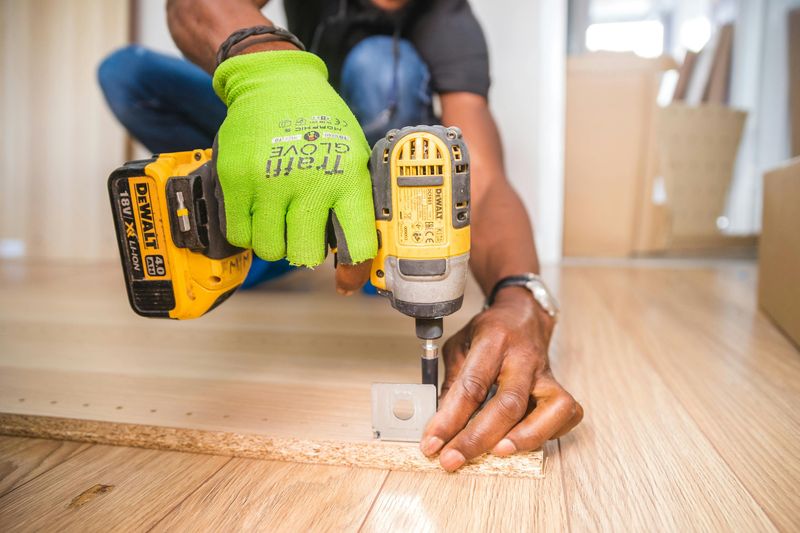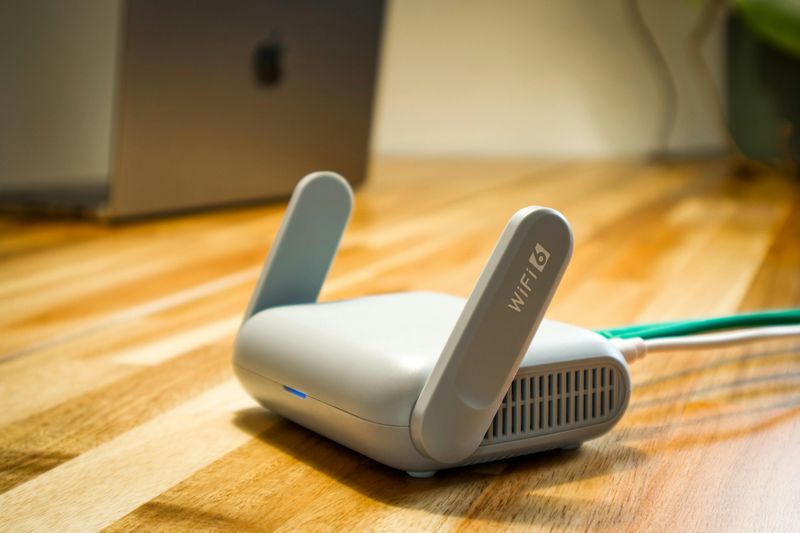10 Years Ago, These 12 Things Were Affordable. Today, They’re Luxury Items.

If you feel like your paycheck doesn’t stretch nearly as far as it used to, you’re not imagining things. Over the last decade, the cost of simply existing has quietly exploded — while most middle-class salaries have barely budged. Things that once felt like part of a “normal” life — a family vacation, a dinner out, a modest home — now come with price tags that make people do mental gymnastics just to justify them.
1. Homeownership

A house used to symbolize stability and success. These days, it’s starting to feel more like a fantasy. Ten years ago, a modest home in a good neighborhood was something the average couple could save for — maybe with a little sacrifice, but still within reach.
Now? Between sky-high mortgage rates, inflated prices, and bidding wars that favor investors, many middle-class families are locked out completely. Even starter homes have become luxury items.
The American Dream hasn’t disappeared — it’s just gotten a lot more expensive. For many, renting indefinitely has replaced the old dream of a white picket fence.
2. New Cars

Driving off the lot in a brand-new car used to be a thrill, not a financial gamble. In 2015, you could grab a reliable sedan for around $20,000. Fast forward a decade, and that same model will cost you $35,000 or more — and that’s before taxes and fees.
Worse yet, financing a car has turned into its own nightmare. Interest rates have doubled, and monthly payments are now rivaling mortgage bills.
It’s no wonder so many people are holding onto their old vehicles for dear life — or buying used cars that still cost as much as new ones once did.
3. Family Vacations

Once upon a time, families could pile into the car, head to the beach, and make memories without emptying their savings. Today, just booking flights and hotels feels like an act of financial bravery.
Airfare, gas prices, and resort fees have turned even a modest getaway into a major expense. A week at Disney used to be the ultimate middle-class vacation; now, it’s practically a luxury trip reserved for those with deep pockets.
As a result, more families are embracing staycations — not because they want to, but because it’s the only affordable way to unwind.
4. Childcare

Raising kids has always been pricey, but the cost of childcare has hit new, jaw-dropping levels. In some states, full-time daycare for one child costs more than college tuition did a decade ago.
Two working parents used to be enough to cover the bills and still save a little. Now, many find themselves spending one entire paycheck — or more — just to keep their child in care while they work.
It’s a broken system that forces parents to make impossible choices: work just to afford childcare, or stay home and lose income entirely.
5. Health Insurance

You’d think having health insurance would make you feel secure — but these days, it often just feels like another bill you can barely pay. Premiums have risen dramatically over the last decade, and so have copays, deductibles, and out-of-pocket costs.
Many middle-class families now skip doctor visits, delay procedures, or ration prescriptions to avoid the financial hit.
Even with “good” coverage, the cost of staying healthy is starting to feel like a privilege. The irony? People are paying more than ever for insurance — and getting less care in return.
6. College Education

A college degree used to be the golden ticket to a better life. Now it’s the reason so many young adults start their lives in debt. Tuition and fees have ballooned over the last ten years, far outpacing inflation and wage growth.
Middle-class parents who once dreamed of paying their kids’ way through school are now watching them sign up for decades of loan payments.
Education is still valuable — but it’s no longer affordable. The “path to success” has turned into a toll road that many can’t afford to travel.
7. Groceries

Walking through the grocery store feels like entering a high-stakes game show where the rules change every week. Eggs, bread, and milk — the basics — have all seen price hikes that leave people doing mental math in the aisles.
Ten years ago, a $100 grocery run could fill your cart. Now, it barely covers a few bags. Families are trading name brands for store brands, cutting back on fresh produce, and avoiding organic entirely.
Inflation has quietly turned grocery shopping into a budgeting exercise — one where everyone’s losing.
8. Dining Out

Going out for dinner used to be an easy way to celebrate the end of a long week. Now, it’s a guilty pleasure many people reserve for special occasions.
Menu prices have surged thanks to higher wages, food costs, and overhead. Even fast-casual spots that were once wallet-friendly have doubled their prices.
A simple night out for two — maybe an appetizer, a couple of entrees, and a drink — now costs what used to be a fancy dinner date. It’s not just the food that’s changed; it’s what “affordable” means.
9. Rent

Renters have been hit the hardest by the past decade’s price explosion. In many cities, the cost of a one-bedroom apartment has doubled since 2015.
Middle-class earners who once could afford to live comfortably are now paying more than 40% of their income just to keep a roof over their heads. Add in the rising cost of utilities, and the squeeze gets even tighter.
“Affordable housing” is starting to sound like an oxymoron — because for many, even renting feels like a luxury.
10. Concerts and Live Events

Live music used to be one of life’s simple joys — a chance to see your favorite band without blowing your budget. But thanks to skyrocketing ticket prices, service fees, and “dynamic pricing,” that’s no longer the case.
A ticket that cost $60 ten years ago might now run over $200, and that’s before parking and concessions.
The result? Many fans have swapped stadiums for streaming. The excitement of live music hasn’t gone away — it’s just priced itself out of reach for everyday people.
11. Home Repairs and Maintenance

Keeping up with home repairs has gone from “responsible adulting” to a major financial hurdle. Contractors and materials both cost far more than they did ten years ago, with prices for things like roofing, plumbing, and HVAC repairs climbing steadily.
A leaky roof or broken water heater used to mean a weekend project and a few hundred dollars. Now, it’s a few thousand — minimum.
It’s not that people have stopped caring about their homes. They just can’t afford to fix them as often as they used to.
12. Utilities and Internet

The bills that keep your home running have quietly crept up year after year. Electricity, gas, and water costs have all increased faster than wages — and internet service providers seem to raise rates every time you blink.
What used to be a predictable set of monthly expenses now fluctuates wildly, especially during extreme weather or peak demand seasons.
It’s one of those invisible price hikes that doesn’t make headlines but still chips away at middle-class comfort, one utility bill at a time.

Comments
Loading…